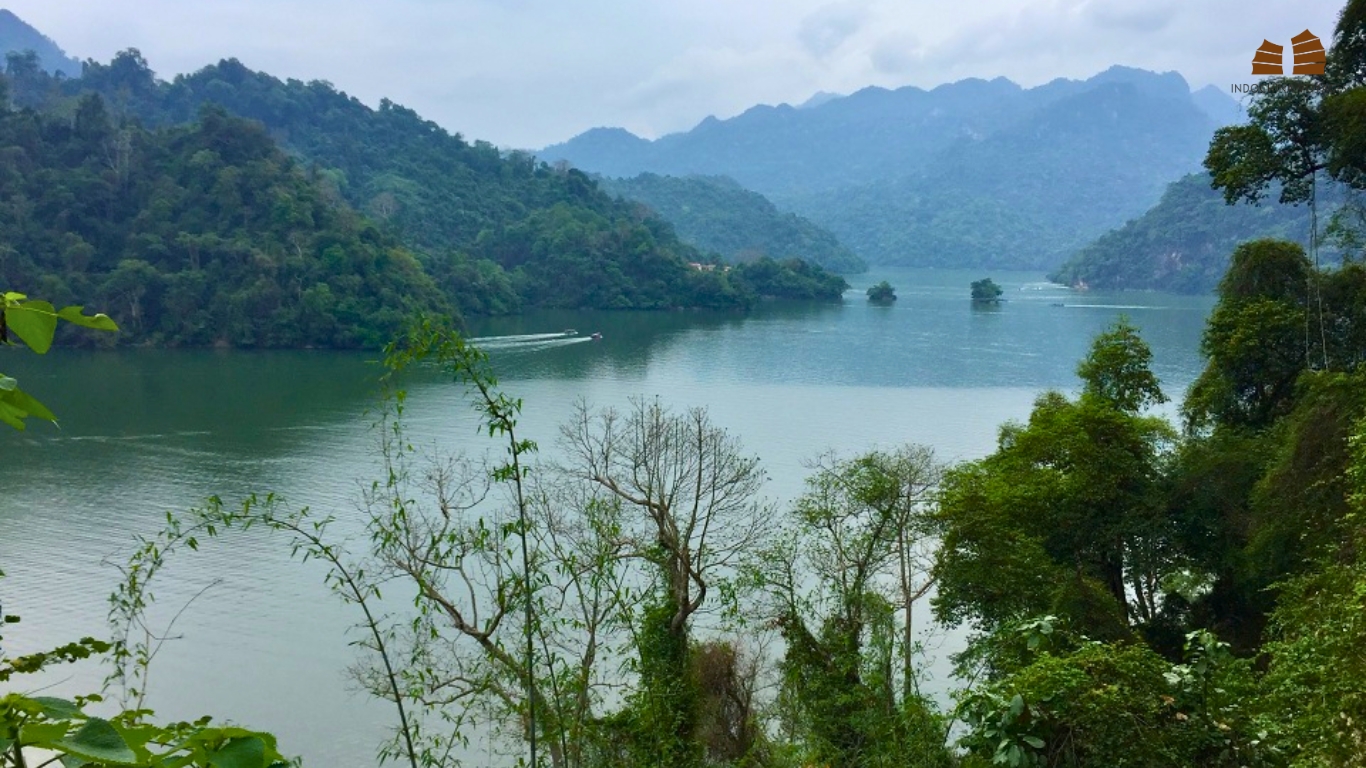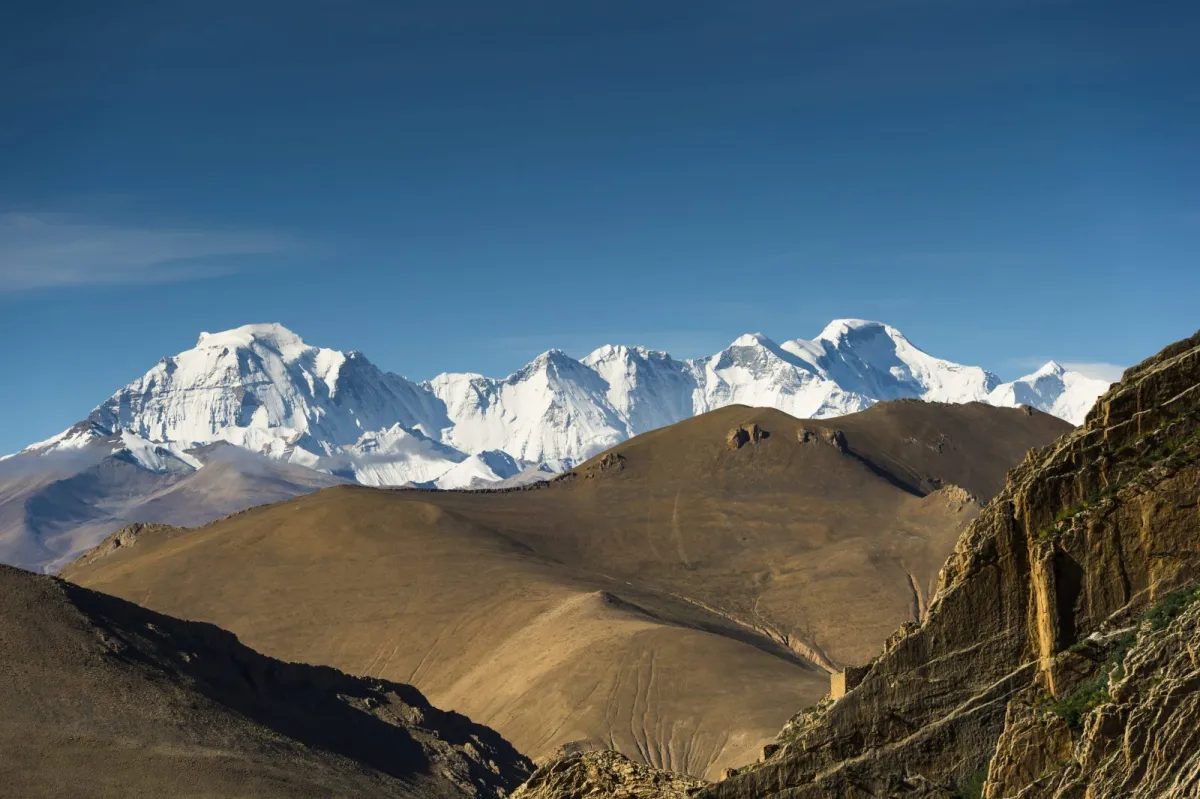Potala Palace: A Testament to Tibetan Spirituality
Discover the Potala Palace, a monumental symbol of Tibetan Buddhism and architectural marvel that stands as a beacon of spirituality and culture in Lhasa, Tibet. This article takes you on a journey through the history, architecture, and spiritual significance of this iconic structure.
The Spiritual Heart of Tibet

Perched upon Marpo Ri hill, towering over the city of Lhasa, the Potala Palace is more than just an architectural masterpiece; it's a spiritual sanctuary and the quintessential symbol of Tibetan Buddhism. Once the winter residence of the Dalai Lama, this majestic palace has stood as a testament to Tibetan spirituality and governance for centuries, attracting pilgrims and visitors from around the globe.
A Journey Through Time: The History of Potala Palace
The origins of the Potala Palace date back to the 7th century when the first construction was initiated by King Songtsen Gampo. However, the palace as it stands today was primarily built in the 17th century under the fifth Dalai Lama. Over the years, it has served as the Dalai Lama's winter palace, a seat of Tibetan government, and a spiritual center for Tibetan Buddhism. The palace is named after Mount Potalaka, the mythical abode of Avalokiteshvara, the Bodhisattva of Compassion, reflecting its deep spiritual significance.
Architectural Marvel: The Structure of Potala Palace
The Potala Palace is an architectural wonder, a perfect blend of Tibetan, Indian, and Nepalese design elements, constructed without the use of nails. The complex is divided into two main sections: the White Palace, which served as the administrative quarters, and the Red Palace, dedicated to religious study and Buddhist prayer. The palace stands thirteen stories high, contains over a thousand rooms, and houses thousands of statues, murals, and Buddhist relics. The intricate design and craftsmanship are a tribute to the artisans who contributed to its construction, making it a UNESCO World Heritage Site.
The Red Palace: A Spiritual Journey
The Red Palace lies at the heart of the Potala complex, a labyrinth of chapels, shrines, and libraries. It houses the tombs of several Dalai Lamas, each enshrined within elaborate stupas made of gold, silver, and precious stones. The murals and thangkas adorning its walls depict various aspects of Buddhist philosophy and history, serving as a visual guide to the teachings of Buddhism. Visiting the Red Palace offers a profound insight into the depth of Tibetan spiritual practice and the Dalai Lamas' historical significance.
Preserving Tibetan Culture
Today, the Potala Palace serves as a museum and a symbol of the enduring spirit of the Tibetan people. It stands as a reminder of Tibet's rich history, complex spirituality, and the ongoing struggle to preserve its cultural identity. The palace not only attracts those interested in Buddhism but also historians, architects, and travelers, drawn to its beauty and significance.
A Pilgrimage of the Soul
Visiting the Potala Palace is considered a pilgrimage, a journey of spiritual significance for Buddhists and a profound experience for all visitors. It offers a unique opportunity to witness the depth of Tibetan Buddhism and the cultural heritage of Tibet. The palace, with its serene ambiance and sacred spaces, invites introspection and a deeper understanding of the human quest for meaning and enlightenment.
The Potala Palace is more than just a destination; it's a journey into the heart of Tibetan spirituality and culture. As a testament to the resilience and faith of the Tibetan people, it continues to inspire and awe visitors with its beauty, history, and spiritual depth, standing as a beacon of peace and transcendence in the modern world.
















